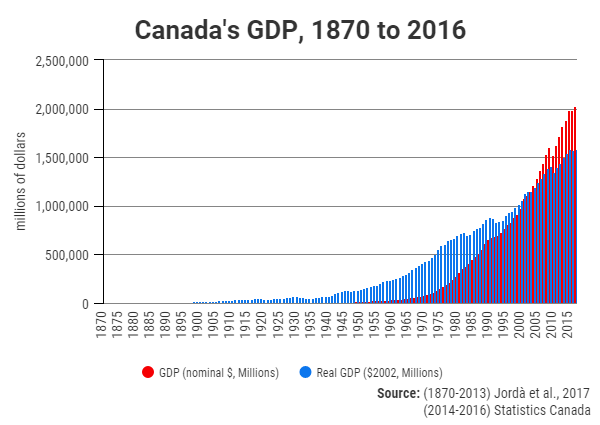Stagflation
Stagflation, the combination of high unemployment and high rates of INFLATION. Prior to the late 1960s, variations in economic activity were caused primarily by "demand shocks" (fluctuations in aggregate demand or total expenditure). Increases in aggregate demand led to increased output, employment and prices, while reductions resulted in reduced output, higher unemployment and lower inflation. Stagflation in the 1970s and 1980s has been caused partly by "supply shocks" (increases in price). If governments respond to a large supply shock by maintaining total expenditure, a severe RECESSION will result because the increased expenditure on energy or food means reduced expenditure on other goods and services, and therefore reduced output and employment. If governments increase total expenditure, inflation will result. Most Western governments have chosen a policy between these 2 extremes, creating both higher inflation and unemployment. Expectations can also affect stagflation. If people expect inflation to continue, they will set wages and prices accordingly, giving inflation a momentum that cannot quickly be halted.

 Share on Facebook
Share on Facebook Share on X
Share on X Share by Email
Share by Email Share on Google Classroom
Share on Google Classroom

